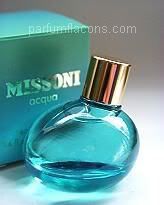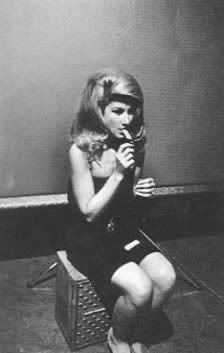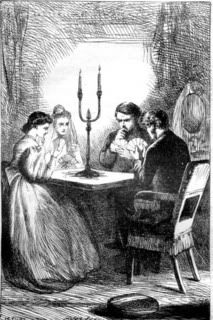
Do perfumes aimed at capturing that aspect really deliver? Sadly usually they don’t.
Acqua by Missoni, the latest product from the Italian maglia brand, although pleasant and an improvement over their rather weird Missoni in the same style bottle, different colour from last year, is a case in point.
One might argue that it doesn’t set out to wow us into believing that a transatlantic flight of fancy to the eternal azure of the Aegean is hidden into the inviting turquoise of the fancy “boule” bottles since it self proclaims its fruity floral lineage of shame; yet it fails to be really interesting and to be perfectly honest with you, after about a thousand scents roughly in that category, one would have to possess Houdini powers to hide the uniform air those scents have. They are so close to each other in their odour profile, one has to really lean closer and pay lots of attention to discern nuances. Is this what you want your perfume to say of you? I didn’t think so.
And yet Missoni Acqua is not that bad. According to the press release it encompasses three stages:
‘Radiant Greens’ mixes bergamot, melon, grapefruit and narcisse. ‘Sparkling Blues’ blends violet, peony, blue freesia and crisp muguet. ‘Crystal Turquoise’ melts Tuscan iris, jasmine and solar notes.
More specifically
“Sexy, fresh, exuberant, Missoni acqua is like an energizing dive into the “mare azzurro”, the Mediterranean Sea. The scent evokes the joys of a sun-soaked holiday with friends and loved ones. The ad campaign, shot by Mert Alas and Marcus Piggot, was photographed at the family’s home in Sardinia. The image captures Margherita Maccapani Missoni, the eldest daughter of Angela Missoni, emerging from crystal blue waters with the warmth of the sun.”(Quote from Osmoz)

The composition is typical of what might be considered the equivalent of hanging a reproduction of Chagall on your living room wall, instead of seeing it in a museum. The familiarity of the ersatz makes you believe this is the true nature of things. Therefore, I am convinced that it contains abstract materials of complex molecular structure that have nothing to do with living flowers (living flower technology is scientific-enrobed cheating if you ask me) or the ocean and the beach (as it doesn’t smell of either particularly) and quite a bit to do with the drydown of that perennial modern classic Angel by Mugler. Or rather his new acquatic patchouli named Eau de Star, which brings us back to my initial impression: plesasant, but like any gynaecologist might divulge ~ seen one, you’ve seen them all.
The range comes in Eau de Toilette 3.4oz/100ml, 1.7 oz/50mland 1 oz/30ml ; Parfum Rollerball 0.2 oz ; Body Lotion 6.7 oz/200ml ; Shower Gel 6.7 oz/200ml.
Available at major department stores.

Pic of bottles from Parfumflacons, pic of Greek sea sent to me by mail unaccredited
.jpg)


.jpg)




.jpg)




